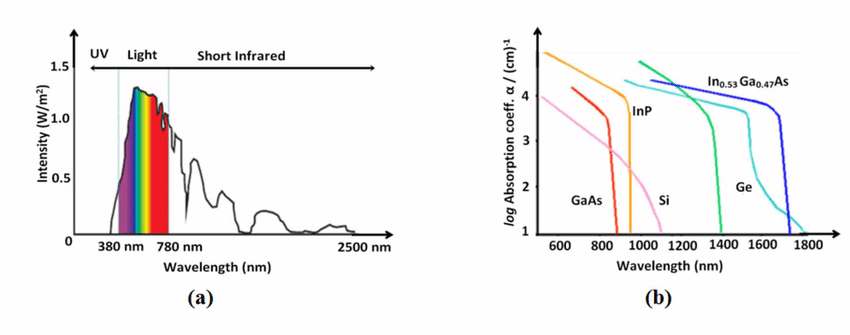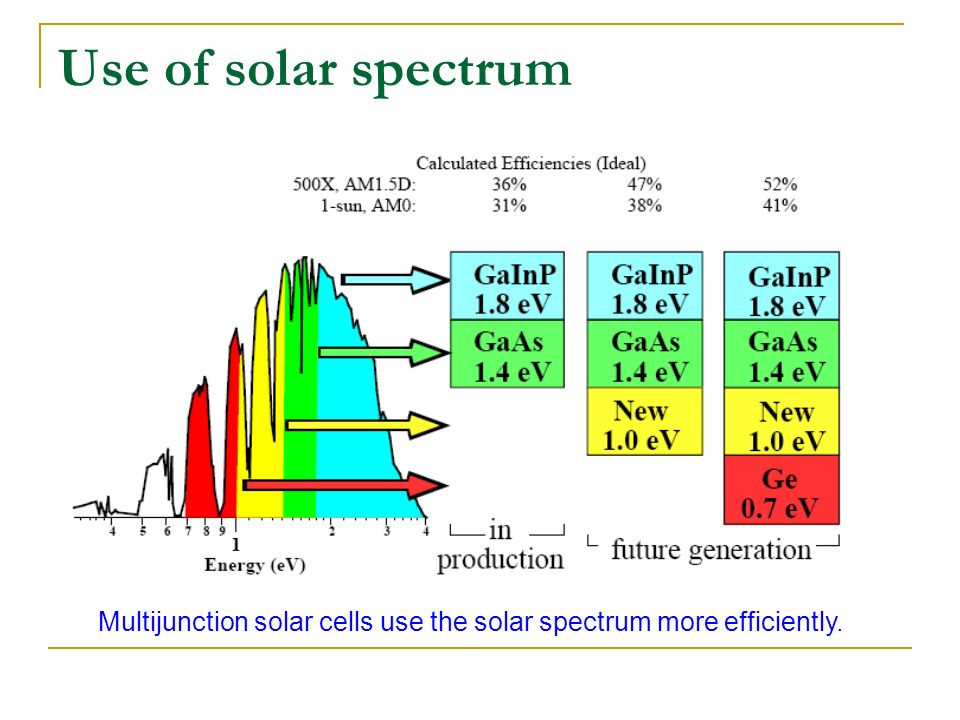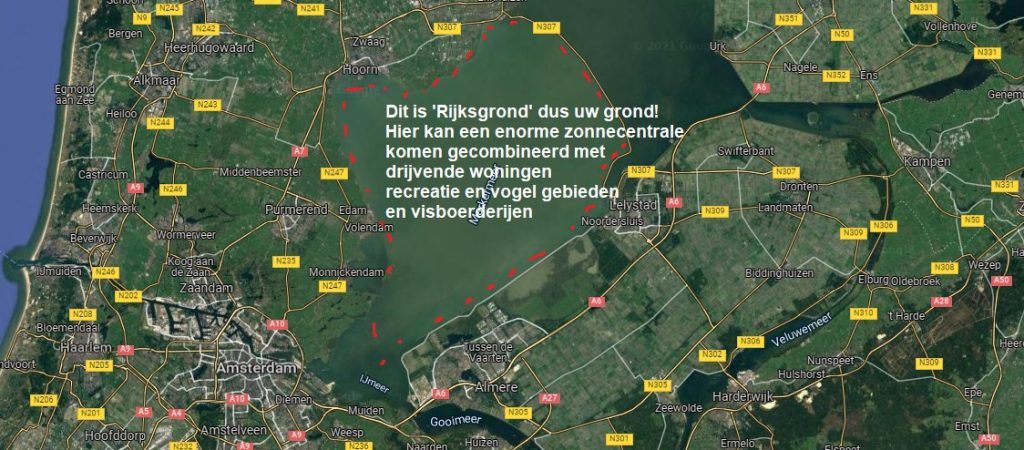Most trained philosophers will probably have a panic attack from the way I treat concepts in this post, but I was triggered by a remark by Grimes in her interview with Lex Fridman. He says “Love can make you do irrational things” and Grimes reponds by asking “Are they rational or are they irrational”. I hope to answer this question, not the question asked but the question implied.
The question was embedded in a discussion about AI and technology of the future, where the question was how our robot overlords would deal with us. Clearly Grimes is grappling with the concept of love and altruism in the discussion. She states that she think motherhood should be better rewarded, become economically accounted for (which would make the sexes more equal and hints at a Brave New World style birthing process). With all this she shows herself to be quite rational, her world model is based on her world story more than a collection of experiences that associate without being named or linked to a conscious narrative.
Hyperrationality is often associated with cold heartedness, insensitivity. Often we see crazy professors in movies and we instantly intuit that its someone who’s ideas got the better of him. Often we see that the scientist or villain is someone that took a reasoning to its logical conclusion, except that the conclusion was to destroy humanity. Often the goal is wooorld domination, for what purpose is often unknown.
The insensitivity of (at least in movies) hyper rational humans does not mean they do not have an emotional basis though, its just that they are not demonstrated or not apparent from what is shown. My conclusion is that at the end of any chain of reasoning there is an emotion. How to find out? Well, just follow the chain : I want to destroy the world (why?) because it will give me power (why do you need power) because then I won’t be disturbed (why don’t you want to be disturbed) Because I was disturbed in the past and it hurt my feelings (the emotion). Or : We need to drop to 10.000 feet (why) Because there’s another plane at this altitude (why is that significant) Because it could crash into us (why would we avoid that?) Because we would die (Why would we worry about that) Because I don’t want to die! (Why not) Because I love my life/wife/children/future (the emotion). Any train of reasoning when followed will be found to have an emotion at the end, even the civil servant that is just following orders, he doesn’t want to be fired, follow that line..
So why do we feel that rationality is unemotional. Why do we even get cold when we get to detailed in a conversation about abstractions. I can’t explain this defnitively but first there’s a brain phenomenon that has not been highlighted much, which is the inhibition of inactive areas by active areas. So if we are thinking of one thing, as a direct consequence we are not thinking of other things. There’s a kind of contrast enhancement effect which is mediated by inhibitory neurons, and it can work between many different areas. In cases it does not work the ‘patient’ will have epileptic seizures. Epilepsie is basically a positive neural activity feedback loop. This doesn’t happen if you are on a ketonic diet, which is a known treatment for several mental illnesses.

So when we are thinking or focussing on one thing we really can’t think of other things. This explains why we can be completely hypnotized when we are made to focus too much. For the discussion of rationality we know its an auditory/motoric interaction, and it can go from one concept to the next, and the more complex and abstract it gets, the more inhibition is necessary to keep our brain from screwing things up (with random activity).
The abstractness often results in constructs of quite principal nature, meaning the more primary regions are used, when we talk about visual art, architecture, or philosophy or politics. We have to focus so much we suppress our feelings, our more primitive brain, also because we have nothing to fear as we are consumed in our own world. A hyperrational person can access all the relevant experiences in his thinking through thought. He/she can reactivate the patterns of activity, can imagine what someone is talking about or describe their own imagination. But one can also be hyper-rational and never have left the house, or be it about quantum dynamics, or world domination.
The immorality associated with rational or hyperrational individuals may be explained in several ways : Less (self) loving individuals, possibly autistic, psychotic people that have developped good rationality will be more or less be forced to use it and reason about every situation to cope in the social context. Being morally deprived to begin with (morality is the intuition to protect life) or extremely hatefull to (specific) others due to mistreatment can bring about mad criminality or mad dictatorship. Hitler was obviously very rational, which is not the same as logical.
Rationality is usually treated as synonymous with logical thinking, but there is no relation in my opinion. There is almost no real logical thought in daily life. “I need to order salmon at the fishmonger because we have guests for dinner tomorrow” sounds logical but is hiding a lot of assumptions. Do I really need to order them? How much do I need it? Why does having guests mean I must order salmon? A lot of the world knowledge is not expressed yet the thought is rational. This has been the eye opener for the logical positivists that thought they could turn thinking in a mechanistic formulaic process, Wittgenstein I, but they could not.
Then logic is followed its a motoric process. I believe logic reasoning is imagined action. We have only one motor output usually, have to decide what to do. This is what causes there to be this true or false aspect to logic. Full disclosure, I was trained in logic deduction about 30 years ago. I loved it, I sensed it could be my world, so pure, clean (even with attempts to make it more fuzzy). No villain or psychopath will be truely thinking logically, but what happens is that people get stuck imagining a limited set of options, and when the pressure is high enough there is no room to imagine anything else.
I learned that a russian tank commander had committed suicide on learning his tanks which had come out of the stored reserves of Russia where mostly unusable (this is written during the Russian invasion of Ukraine). Thieves had robbed any equipment with prescious metals, which could be targeting systems, radios, control systems. This man made a rational decision to end his life. This can only be because he was facing machine like eventualities. Logical imperatives. He could not flee, he could not face his superiors, he could not bare going into battle. Maybe he loved the young men too much to want to be the one to lead them to near certain death. In the end he must have had emotions of grief, anger, sadness, love and sensed an opportunity to be a force for good, by not being there.
So is rationality morally superior? No, I don’t think so. Maybe if the moral judgement only hinges on numbers, which can not be directly observed, felt, experienced. You are in a bunker and there’s a telegram that reads : We will either support the eastern front or the western front, but both is impossible. These are moral conundrums movies are made about. Usually the hero shows superior morality by not making a choice, by saving both. In such instances we feel rationality as almost immoral. Yet the hero merely asserts his emotions which redirects the rational process towards his new action. In the end rationality, morality, logic and emotion are all factors in decision making, the quality of which is determined by experience and the ability to love.



